Tales Of A Tuk Tuk...
Jun 24, 2019 • 12 views
I peeped out from my balcony window one fine day which over looks the main road. There used to be an auto rickshaw stand in the opposite side of the road. Commuters who are new to this place or who are having heavy luggage reach out to the auto drivers desperately and tell them the place they want to go. Then comes the part where they both begin to argue about the price and finally settle it to begin their auto journey. I think it was probably more fun to ride it, in the olden days. With today's pollution and terrible weather, riding in it can be tiresome and less comfortable. This got me thinking about the history behind the development of this three wheeled ride of joy.
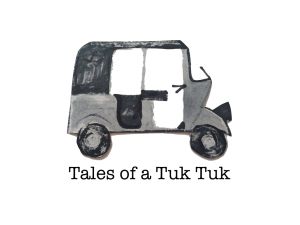
It's story dates back to 1869 in Japan when the first ever rickshaw was created, called as pulled rickshaw. It did not have motor or electricity to power it instead it used manpower. To operate this new mode of transport, people have to get permissions from the government. In those earlier days, the ride on the pulled rickshaws were considered to be comfortable and a fast mode of transportation. By 1872, there was a boom in the use of rickshaws at about 40,000 of them in service. These rickshaws soon became famous that they were even manufactured and sold to Asian countries.
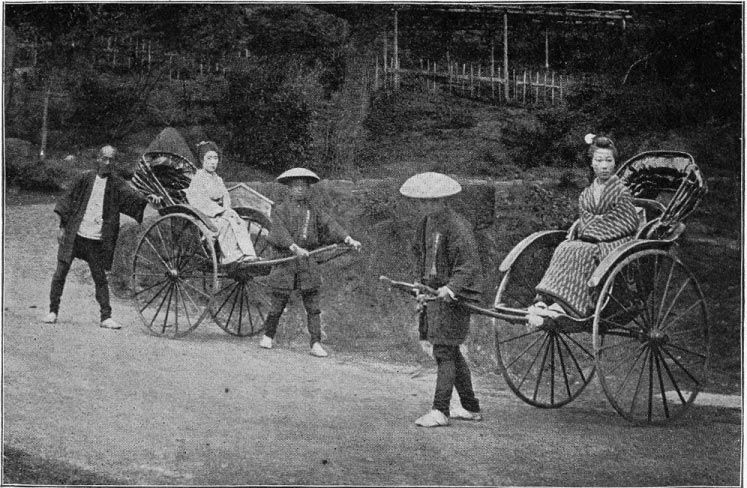
Owing to its popularity and its ease of transportation, it was soon widely used in many parts of Asia including China, Singapore, India and Korea. By 1880s, man powered rickshaws were replaced by cycle rickshaws. Well, its just that man does not have to pull the rickshaw anymore, instead, it was pedal powered. By 1980s, there were about 4 million of those in use.
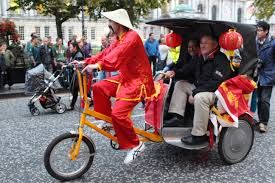
However, the pollution-free mode of transportation saw its gradual decline after the advancement in automobiles. Automobiles proving to be even more reliable and faster, were considered by people for quicker travel. Instead of pedal power, the tuk tuks were now powered by a motor that runs on gasoline. These were now called as auto rickshaws. They proved to be more reliable than their counter-parts. Soon its popularity increased that it became increasingly used in Africa and in North America.
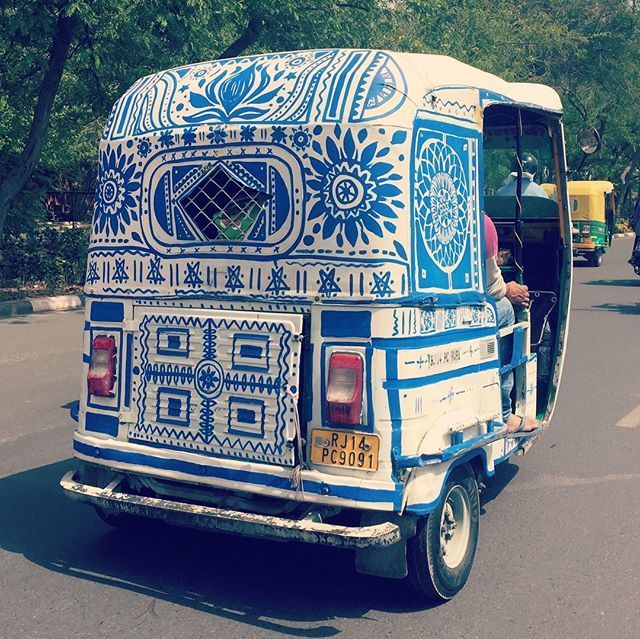
The next revolutionary innovation in rickshaw history was the E-rickshaws. It gained more popularity by 2008 for providing more economical and fuel free rides. Due to raising concerns about green house gases affecting the environment, e-rickshaws are employed by developed countries. These are powered by electric motor which are either use and throw batteries or solar powered batteries.
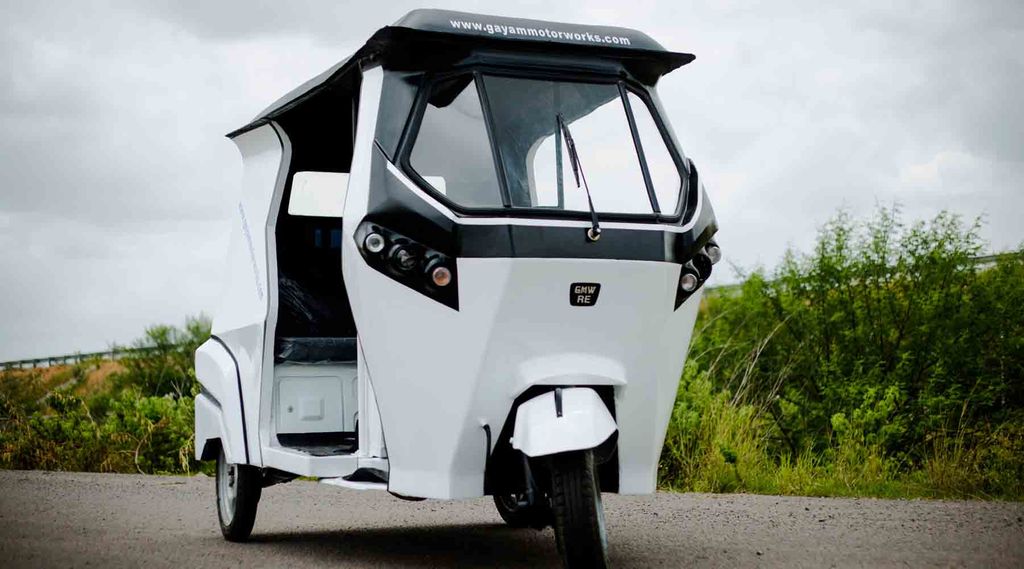
When I look at its history, the tuk tuk has come from being pulled to electric powered machines. All we know about the humble tuk tuk is that it takes us to different places but it has made a long journey to reach here.
